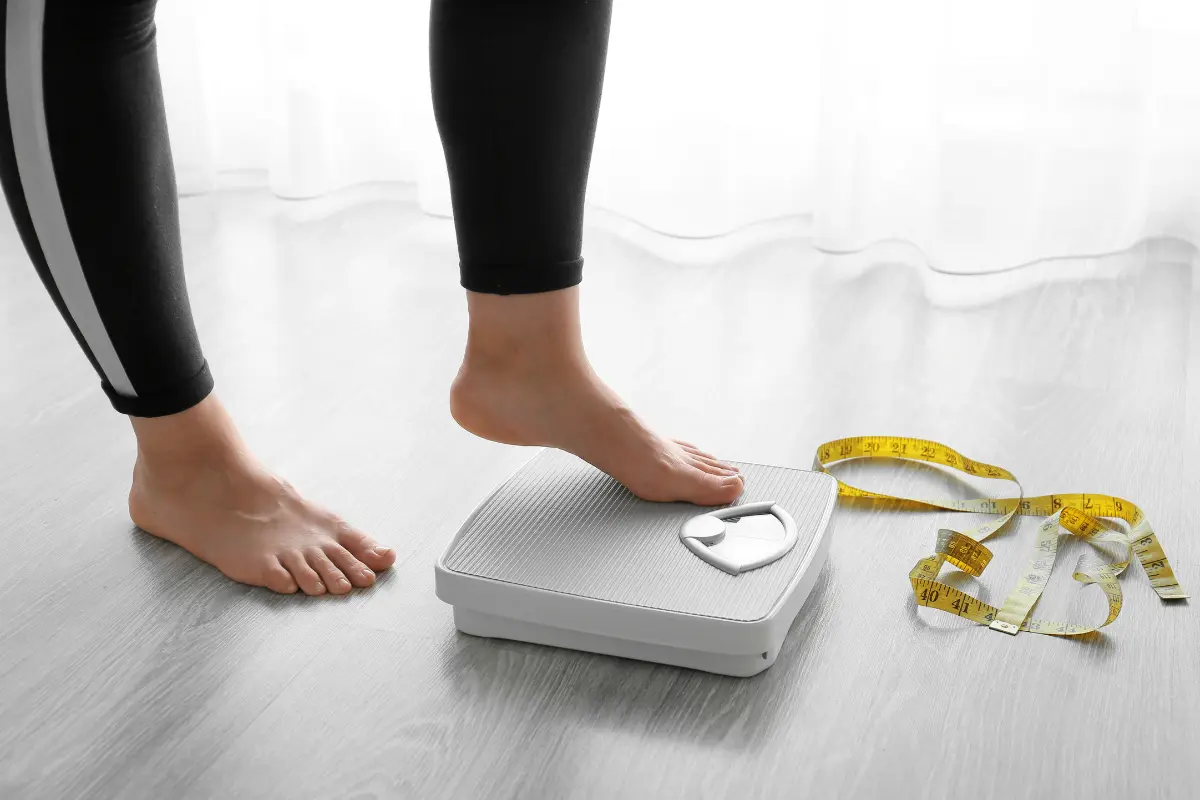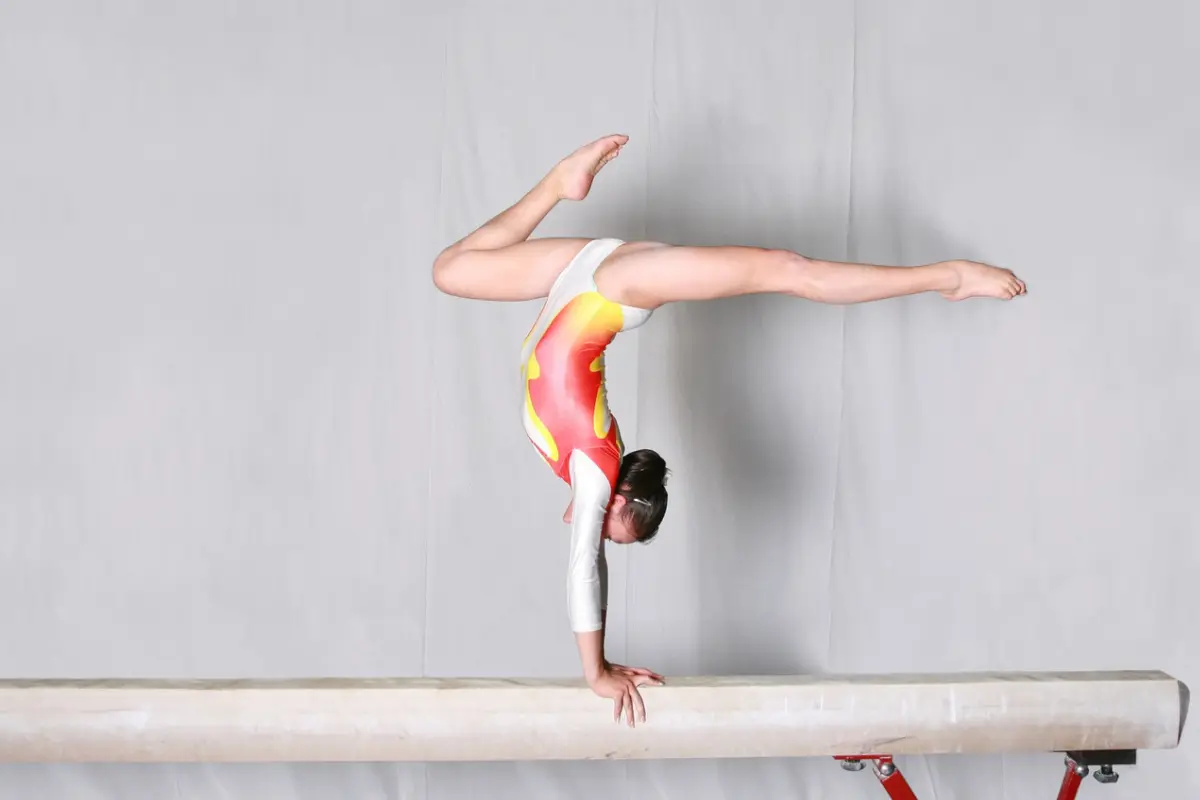Gymnasts typically maintain a lean, muscular physique, optimized for strength, flexibility, and agility. While there is no one-size-fits-all weight, their body composition is carefully developed to meet the demands of their routines. In this article, we will explore the average weight of elite gymnasts and the key factors that shape their bodies for peak performance.
Average Weight of Elite Female Gymnasts
In women’s artistic gymnastics, the average weight is generally quite low, reflecting the need for both explosive power and agility. According to research, the average weight for elite female gymnasts typically falls within the range of 45 to 50 kg (99 to 110 lbs). This weight range is considered ideal for achieving the necessary strength-to-weight ratio, which is crucial for executing high-flying skills, tumbling passes, and balancing on the beam.
| Country | Average Weight (kg) | Notable Examples |
|---|---|---|
| United States | 45–50 kg | Simone Biles (47 kg), Gabby Douglas (43 kg), Mary Lou Retton (42 kg) |
| Russia | 45–50 kg | Aliya Mustafina (47 kg), Svetlana Khorkina (49 kg) |
| Romania | 44–49 kg | Nadia Comăneci (39 kg), Larisa Iordache (47 kg) |
| China | 45–50 kg | Liu Xuan (47 kg), Cheng Fei (45 kg) |
| Japan | 45–50 kg | Mai Murakami (48 kg), Asuka Teramoto (47 kg) |
| Great Britain | 46–51 kg | Ellie Downie (50 kg), Amy Tinkler (48 kg) |
| Germany | 45–50 kg | Elisabeth Seitz (48 kg), Kim Bui (47 kg) |
| France | 46–51 kg | Youna Dufournet (50 kg), Claire Pontlevoy (48 kg) |
| Ukraine | 45–50 kg | Oksana Chusovitina (47 kg), Diana Varinska (45 kg) |
| Australia | 46–51 kg | Emily Whitehead (49 kg), Georgia-Rose Brown (47 kg) |
| Brazil | 46–51 kg | Flávia Saraiva (49 kg), Rebeca Andrade (50 kg) |
| Italy | 46–51 kg | Vanessa Ferrari (49 kg), Carlotta Ferlito (47 kg) |
Average Weight of Elite Male Gymnasts
Male gymnasts, in contrast, tend to have more muscle mass compared to their female counterparts due to the demands of the sport. Men’s gymnastics requires greater upper body strength, especially in events like rings, pommel horse, and parallel bars. As a result, male gymnasts are generally heavier than their female counterparts. The average weight for male gymnasts ranges from 60 to 75 kg (132 to 165 lbs), with elite gymnasts often at the higher end of this spectrum due to their increased muscle mass.
While male gymnasts tend to have a more muscular build, they still maintain a relatively low body fat percentage to optimize their power-to-weight ratio for high-flying skills and efficient movement on apparatuses like the floor and vault.
| Country | Average Weight (kg) | Notable Examples |
|---|---|---|
| United States | 70–75 kg | Sam Mikulak (66 kg), Brody Malone (70 kg), Fred Richard (approx. 66 kg) |
| Russia | 70–75 kg | Nikita Nagornyy (74 kg), Artur Dalaloyan (74 kg) |
| Japan | 60–65 kg | Kohei Uchimura (59 kg), Daiki Hashimoto (approx. 60 kg) |
| China | 60–65 kg | Zhang Chenglong (61 kg), Xiao Ruoteng (approx. 63 kg) |
| Great Britain | 65–70 kg | Max Whitlock (66 kg), James Hall (68 kg) |
| Germany | 65–70 kg | Lukas Dauser (68 kg), Andreas Bretschneider (69 kg) |
| Brazil | 65–70 kg | Francisco Barretto (68 kg), Arthur Nory (67 kg) |
| Ukraine | 65–70 kg | Oleg Verniaiev (69 kg), Igor Radivilov (70 kg) |
Weight in Rhythmic Gymnastics
Rhythmic gymnastics is a discipline that involves apparatus handling (such as ribbons, hoops, and balls) combined with dance-like routines. Since this form of gymnastics significantly emphasizes flexibility and fluidity of movement, gymnasts in this category tend to have a very lean physique.
The average weight for elite female rhythmic gymnasts is typically 40 to 50 kg (88 to 110 lbs). Due to the flexibility and grace required for their performances, these gymnasts tend to maintain a low body weight with a focus on strength and flexibility training rather than the more heavy strength-building aspects seen in artistic gymnastics.
Rhythmic gymnasts often have a higher body fat percentage than artistic gymnasts, but still, their physiques are characterized by a slender, toned appearance that allows for the execution of complex, fluid movements.
Weight in Trampoline Gymnastics
Trampoline gymnastics, which involves performing acrobatic skills while jumping on a trampoline, requires both strength and explosive power. Similar to artistic gymnastics, gymnasts in this category tend to have a low body weight to optimize their ability to achieve height and rotate quickly during their routines.
The average weight for trampoline gymnasts varies, but it tends to be similar to that of artistic gymnasts. Most trampoline athletes weigh between 45 to 65 kg (99 to 143 lbs). Like their counterparts in artistic gymnastics, trampoline gymnasts need to maintain a balance between strength and agility to execute difficult jumps, twists, and flips with precision.
How Does Age Impact the Weight of Gymnasts?
Age plays a crucial role in determining the weight of a gymnast, especially when comparing gymnasts at different stages of their careers.
1. Young Gymnasts (Pre-Teens to Early Teens)
At younger ages, gymnasts tend to be lighter as they have not yet developed the muscle mass required for more advanced gymnastics skills. A young gymnast, especially at the competitive level, may weigh anywhere between 30 kg to 40 kg (66 lbs to 88 lbs), depending on their growth stage and the intensity of their training. However, even at these ages, gymnasts usually maintain a lean body composition to help with balance and flexibility.
2. Teen Gymnasts (Late Teens)
As gymnasts transition into their late teens, they often experience a growth spurt, which can lead to an increase in both height and weight. Female gymnasts may gain muscle mass, increasing their weight, but still remain within the 45 kg to 50 kg (99 lbs to 110 lbs) range, while male gymnasts may gradually increase to 55 kg to 65 kg (121 lbs to 143 lbs) as they build strength for more demanding skills.
3. Adult Gymnasts (Post-20s)
Once gymnasts reach their full physical maturity, their weight tends to stabilize. However, gymnasts in their 20s and even early 30s still maintain a lower body fat percentage than the average population, with male gymnasts staying around 60 kg to 70 kg (132 lbs to 154 lbs), and female gymnasts often remaining under 50 kg (110 lbs). This allows them to maintain the explosive power and agility necessary for high-level gymnastics performances.
Weight and Performance in Gymnastics
In gymnastics, a gymnast’s weight plays a key role in their performance, directly affecting their power-to-weight ratio. While the ideal weight may vary among gymnasts, those who maintain a lean physique with a higher muscle mass often have an edge when it comes to performing high-difficulty skills.
However, this physique isn’t achieved at the expense of health. Gymnasts follow rigorous training programs designed to build strength, flexibility, and endurance, ensuring they stay strong and healthy while performing at their best.













